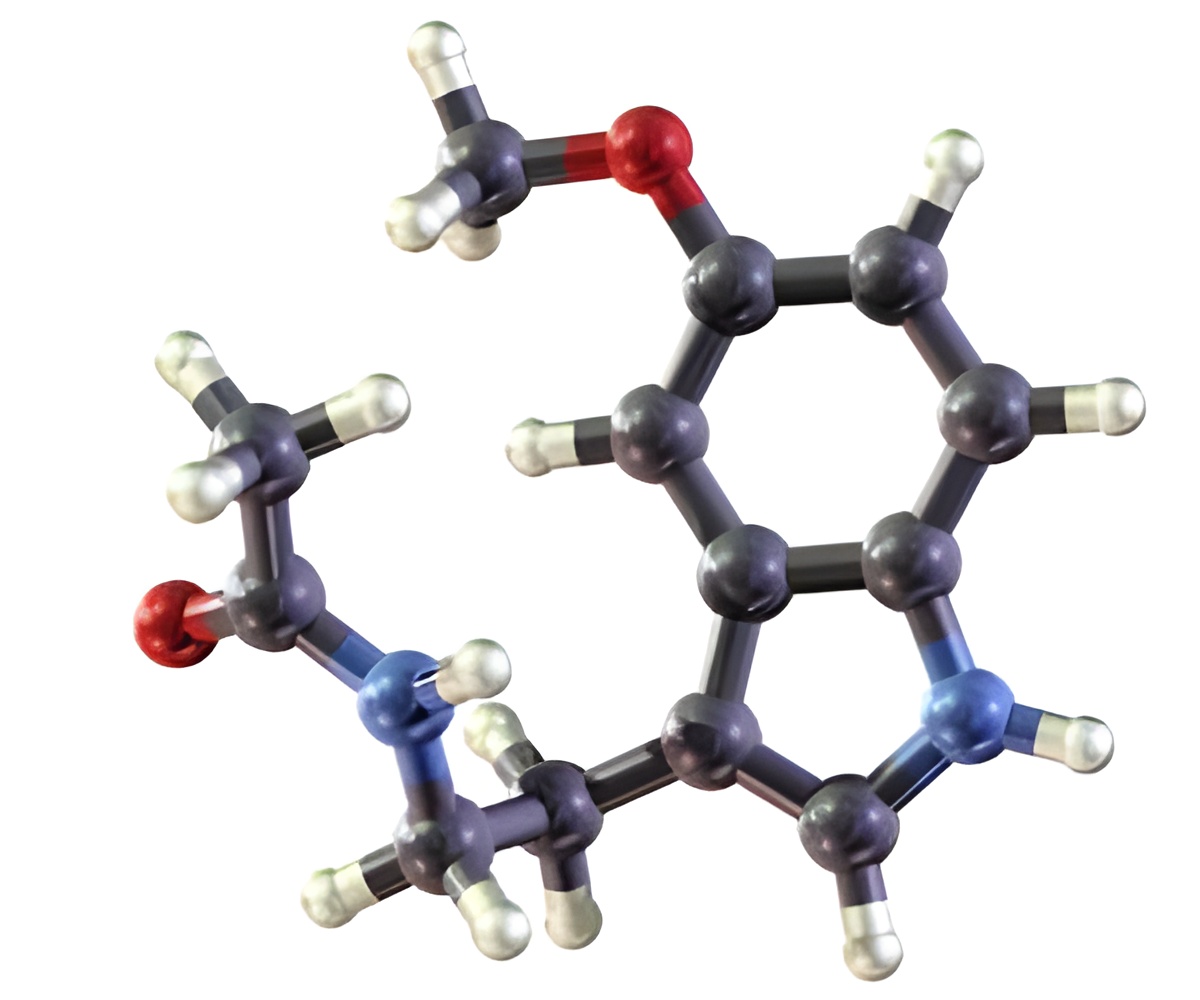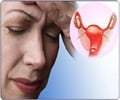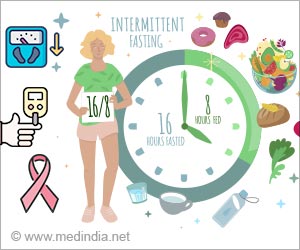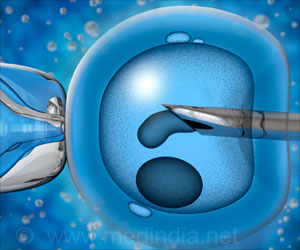Hormone Replacement Therapy popularly known, as “HRT”is a means of replacing the sex hormones estrogen and often progesterone for post-menopausal women.

Pull on rubber gloves.
Smear Vaseline over your glasses,
and there you have it: instant old age.
Malcolm Cowley Hormone Replacement Therapy popularly known, as “HRT” is a means of replacing the sex hormones estrogen and often progesterone for post-menopausal women.
The two major female hormones estrogen and progesterone control the female reproductive system and have an effect on many systems and tissues throughout the body. They play a role in building and maintaining bone strength, keeping the skin and hair healthy, maintaining healthy blood cholesterol levels, and influence behavior and brain function. As hormone production declines at menopause, women suffer from Hot Flushes and Night Sweats and are more prone for Osteoporosis and Heart disease.
‘Hormone Replacement Therapy’ is treatment with prescription hormonal medications to restore a woman's declining hormone levels. Therapy with hormones provides relief from menopausal symptoms and was known to reduce the risk of osteoporosis and heart disease. But recent studies have also indicated a possible link of HRT with increased risk of heart attack, stroke and breast cancer putting this treatment under a scanner.
The History of Hormone Replacement Therapy
Estrogen has been used to treat the symptoms of menopause for years, beginning in the 1950s and 1960s.
In the mid-1970s, medical studies found that postmenopausal women who used estrogen therapy alone had a significantly increased risk of uterine cancer. Then researchers found that adding progestin, a synthetic form of progesterone (which counterbalances the effects of estrogen) to estrogen therapy provided protection against uterine cancer. As a result, progestin was added to the hormone replacement regimen. This became the treatment that is now called HRT.
In 2002, a large study by the National Institutes of Health, called the Women's Health Initiative, was stopped early because of evidence linking HRT to a slightly increased risk of stroke, heart disease and breast cancer.
For women who experience debilitating short-term symptoms of menopause that interfere with their quality of life — such as hot flashes, night sweats, sleep disturbances, mood swings, vaginal dryness, itching and burning — HRT is the most effective treatment. Low doses of HRT can relieve these symptoms.
“The paradigm of treating menopause symptoms with the lowest effective dose of hormone therapy, for the shortest period necessary, is very sensible.” - Hugh Taylor
Doctors no longer recommend HRT solely for preventing or treating osteoporosis or heart disease. HRT can usually be customized to provide maximum benefits with minimum side effects. It is prescribed for the shortest effective time and in the smallest effective dose.
Women who are initiated on HRT should usually have a three-month checkup, followed by six-month or annual checkups that include pelvic and breast examinations. These checkups may also include blood tests to measure cholesterol levels, especially if there are risk factors for heart disease. In addition, Menopausal women are advised to have a mammogram every year.
In an era where ‘clones’ are generated with ease, women should be empowered to combat menopausal symptoms. But the other end of the spectrum poses a simple question; does something as natural as menopause necessitate therapy?
Victor Hugo the French romantic poet of 18th century said about menopause -
“Forty is the old age of youth; fifty is the youth of old age.”
Source-Medindia











